Recovery. It’s not sexy, we know... Rest days? Foam rolling? Deloading? Stretching? Boring...
Most people would rather just crush themselves in the gym day after day, because that’s how you see results, right?
Maybe not.
The truth is, no matter how hardcore your fitness routine is, how often you exercise, or how on-point your diet is, if your recovery sucks, your health, energy, and gains will suffer.
And not-so-great recovery may be the reason why...
- You aren’t making gains in the gym
- You’re not losing those last few pounds—maybe even gaining some
- You’re exhausted all the time
- You seem to be constantly battling soreness, stiffness, and recurring injuries
In this article, we’ll address five common signs that you should rethink your recovery routine, and two easy fixes that will help you recover faster today.
What is Recovery, Anyway?
Most people’s definition of “recovery” is probably something like this:
Recovery is when I’m not sore anymore. It’s when I can exercise again and feel pretty good doing it.
So boom–you roll out of bed, shake out the legs and they don’t feel too bad. Your shoulders don’t feel tight or restricted. Your eyes aren’t overly droopy. So, off to the gym you go.
You’re recovered, right?
Not exactly. Those are just arbitrary statements about how your body feels.
Recovery, in the scientific sense, is the body’s ability to restore its physical and mental processes.
So, the goal of recovery isn’t to go to bed sore, wake up “recovered,” and get back to working out at 50% effort. The goal of recovery is to refresh and restore your muscles, tissues, and ligaments so you can meet and exceed your previous performance.
Now, that is the true definition of “gains.”
So, now that you understand what recovery actually is, let’s discuss how to know if your recovery routine is holding back your performance.
5 Signs Your Recovery is Sub-Par
1. Your Performance Is Plateauing or Declining
If your athletic performance has stopped improving despite proper training and nutrition, it might be time to take a look at your recovery routine.
When your recovery sucks, your training is ineffective, and you wind up wasting your time and energy. You’re basically training for the sake of training, with no change or improvement in your performance.
It’s like you’re a hamster on a wheel, running at full speed but going nowhere.
Under-recovery means that you never get faster, better, or stronger—despite putting in hours of work.
That’s the definition of insanity, right?
The key is to recover properly so your body can perform at its best and your results won’t level off.
2. You're Gaining Weight Despite Good Efforts
When you overtrain or don’t properly recover between workouts, your body tends to go into what’s called “fight or flight” mode.
This state is marked by an over-activation of the sympathetic nervous system, during which the adrenal glands are triggered to churn out stress hormones like cortisol.
“Fight or flight” is a useful physiological state if you need to, say, run away from a hungry tiger in the jungle. But when it comes to your recovery, it’s not ideal.
It can be especially harmful to your waistline, if you have elevated cortisol levels day after day from the stress of over-exercising and under-recovering.¹
The chronically elevated cortisol you get from over-exercising and under-recovering can even contribute to weight gain in a number of ways, like:
- Increasing your appetite, especially for sugary, carb-rich foods²
- Interfering with certain hormones that help you put on muscle and burn fat³
- Shifting the body’s metabolism to storing fat by down-regulating thyroid activity⁴
When you rest and recover the right way, you reduce the amount of stress on your body, lower your cortisol levels, and shift your nervous system to a parasympathetic “rest and digest” state.
And in this parasympathetic state, you can really reap the benefits of your training.
During times of recovery, your body signals a number of repair mechanisms to take place, as well as telling your thyroid and metabolism to up-regulate.
In that way, recovery actually allows you to build muscle and burn fat more easily, and isn’t that the goal?
3. You're Excessively Tired or Fatigued
If you’ve ever done a soul-crushing workout, fatigue and exhaustion probably follow. Many people love that feeling of “accomplishment” when they work their butts off at the gym, and after they’ve felt the burn, they proceed to passing out on the couch in the middle of a Netflix show, jeans still on, drool sliding down their face.
OK, that's a bit dramatic. But you get the point. Post-training fatigue is normal… to some extent.
What’s not normal, however, is when fatigue starts to creep into your daily life.
When it becomes impossible to get out of bed. When you start reaching for that third or fourth cup of coffee to get through the workday.
When you get home from a normal day of work, but feel completely exhausted.
When you’re unmotivated to exercise because you’re so tired. And in very extreme cases, when you’re unable to fall asleep at night (aptly referred to as being “tired but wired”).
This extreme fatigue can be linked to poor athletic recovery and may be related to cortisol levels (mentioned above) being elevated for long periods of time.
After a while, your receptors become less sensitive to cortisol and your body’s energy creation system (called your hypothalamic-pituitary-adrenal axis or HPA Axis) stops functioning properly.⁵ This leaves you feeling exhausted and burnt out.⁶
Not exactly the recipe for peak human performance.
4. Low Heart Rate Variability
This might be surprising, but a healthy heartbeat is actually a bit irregular, meaning each beat doesn’t necessarily happen at the same interval.
For example, instead of beating like this:
lub-dub … lub-dub … lub-dub … lub-dub …
A healthy heart will actually beat like this:
lub-dub ….... lub-dub .. lub-dub .... lub-dub …
How we measure the changes in the heartbeat’s rhythm is called Heart Rate Variability (HRV).
Measuring your HRV is one of the best ways to know if your body is stressed, and generally speaking, the higher your HRV (measured from 0-100 using HRV devices), the more recovered and ready to train you are.⁷
For example, when the parasympathetic nervous system is activated, it releases acetylcholine to induce a low heart rate and a state of relaxation. Your HRV will be highest at this point, so a high HRV indicates a low state of stress.
On the contrary, if you’re overtrained, not well-rested, or sleep-deprived, the healthy beat-to-beat variation in your heart rhythm begins to diminish, thereby indicating a low HRV.
Even if you don’t have an HRV tracking device, you can still experience this phenomenon by finding your pulse on your neck or your wrist.
You should feel that the longest intervals take place when you exhale (parasympathetic), and the shortest intervals when you inhale (sympathetic).
In other words:
- A high HRV (~90+ on a device) means the intervals between heartbeats are highly variable, which indicates that you’re well-rested and in a recovered state.
- A low HRV (<60 on a device), or an HRV that jumps around from day to day, means the variability in your heartbeat intervals is low, which could indicate you’re overtrained and not recovered.
Tracking HRV is a great way to give you solid insight into how your body is actually recovering, despite how you might feel.
5. You're Constantly Sore, Stiff, or Injured
Yes, we know your high school basketball coach often used the ultra-motivating phrase “no pain, no gain.” While that might be true for a spry 15-year-old, the last thing most of us want to deal with as we age is excessive soreness, stiffness, or recurring injuries.
Let’s discuss muscle soreness, specifically.
DOMS (delayed onset muscle soreness) is a bit of a mystery to scientists, but is thought to be related to an inflammatory response that increases the sensitivity of nerve endings in connective tissue in the muscles.⁸
Typically, DOMS will rear its ugly head 1-2 days after a workout, causing soreness, pain, stiffness, and in some cases increased risk of injury.
Despite what Coach Jackson told you in basketball practice, there’s no evidence that muscle soreness reflects increased muscle damage or hypertrophy (aka better “gains”).
In fact, research has shown that both high- and low-soreness training programs deliver similar gains in muscle mass.⁹
In other words, soreness is not a requirement for increasing performance or muscle gains.
While a little soreness never hurt anyone, being constantly sore, stiff, or injured is not only annoying and painful, it could also mean that your body needs a break from hard exercise.
Instead of pushing through the pain, what you might actually need is more active or passive recovery. Try foam rolling, stretching, or light movement to break up the inflammatory buildup in your muscles.
Ki Points & An Easy Recovery Solution
In summary, if you’re experiencing any of the following, you might want to rethink the importance of your recovery routine:
- Plateaus in performance
- Resistance to weight loss
- Fatigue
- Low Heart Rate Variability
- Frequent soreness, stiffness, or injuries
The solution? Call us Captain Obvious, but… Reduce your training volume.
Incorporate more active or passive recovery days. Sleep in. Maybe take a few weeks off, if you’re really feeling icky. (You can also check out this post and this post for more in-depth recovery tips).
If “taking it easy” is less than appealing, there’s another solution that will allow you to maintain your training schedule while still helping your body recover.
It’s called Kion Flex.
Kion Flex is an all-natural joint support supplement that helps you recover faster by supporting the body’s natural inflammatory response.
“I train Jujitsu 5 times a week , get about 7 miles a week running, and strength train 3 times a week. Kion Flex is literally a magic pill if you want to push your training to the limits.”
- Connor H (verified buyer)
It has a blend of high-quality, clinically-studied ingredients that help reduce mild, temporary joint discomfort, soreness, and swelling from overuse, including:
- Turmacin®, a unique, water-soluble extract from turmeric that's been shown to support a healthy inflammatory response from exercise.
- AyuFlex®, an extract of the Ayurvedic superfruit Haritaki, proven to promote joint health and mobility.
- Serrazimes®, Serrapeptase, and ProHydrolase®, proteolytic enzymes that help break down soreness-causing proteins.
Your ultimate recovery secret weapon.
Try NowScientific Research
1. https://www.ncbi.nlm.nih.gov/pubmed/16353426
2. https://www.ncbi.nlm.nih.gov/pubmed/21294656
3. https://www.ncbi.nlm.nih.gov/pubmed/19300426
4. https://hypothyroidmom.com/cortisol-and-thyroid-hormones/
5. https://www.mind-body-health.net/hpa-axis.shtml
6. https://www.mind-body-health.net/burnout.shtml
7. https://www.ncbi.nlm.nih.gov/pmc/articles/PMC5900369/
8. https://www.ncbi.nlm.nih.gov/pubmed/6392811
9. https://www.ncbi.nlm.nih.gov/pubmed/29489727
* These statements have not been evaluated by the Food and Drug Administration. This product is not intended to diagnose, treat, cure, or prevent any disease.
© 2022 Kion. All rights reserved.



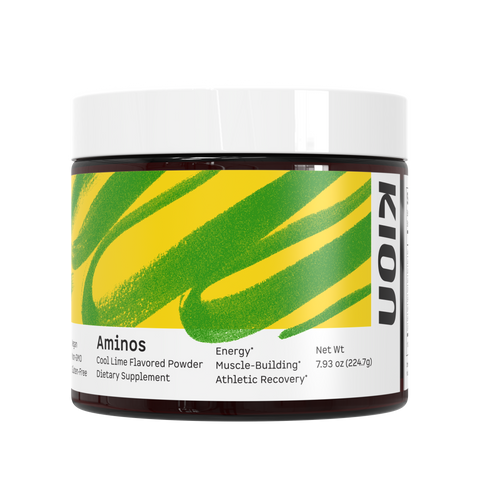
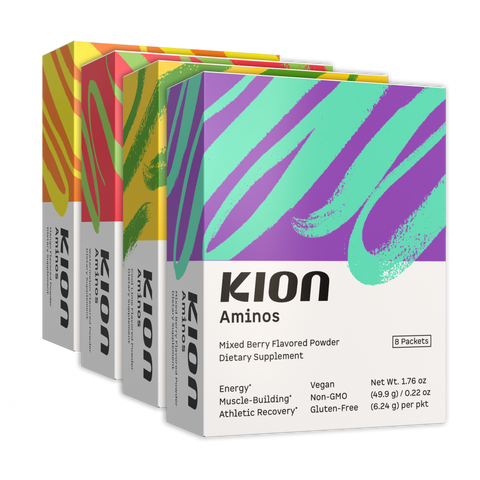
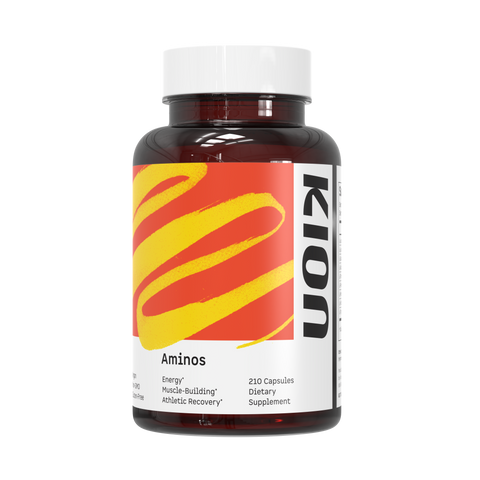
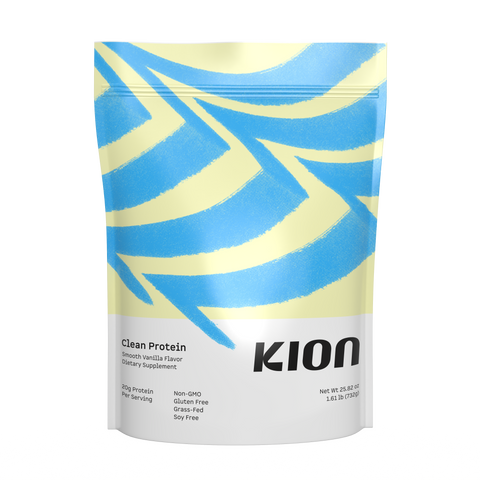
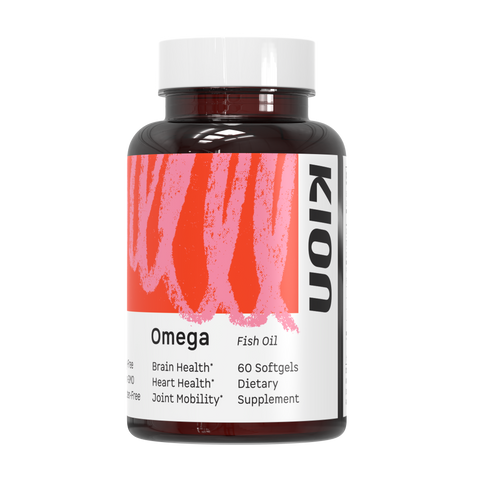
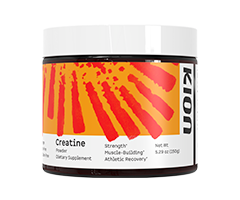
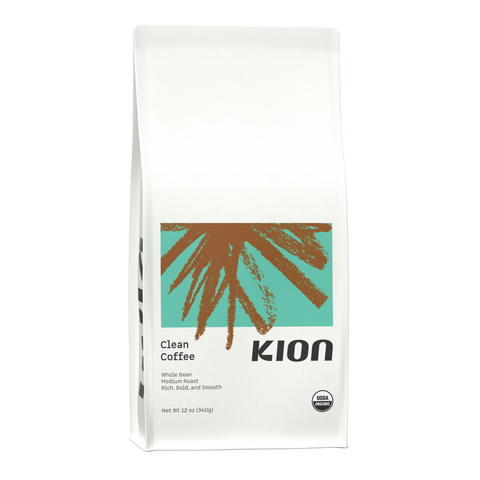
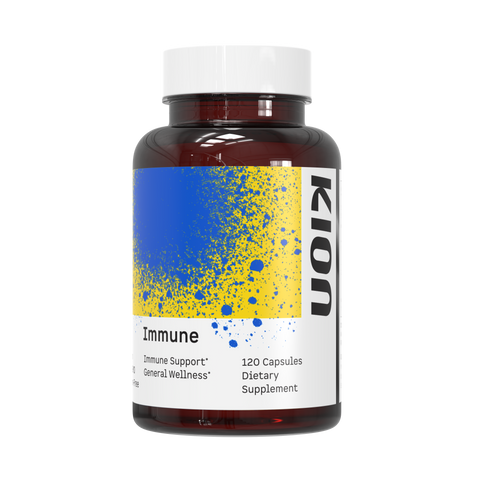
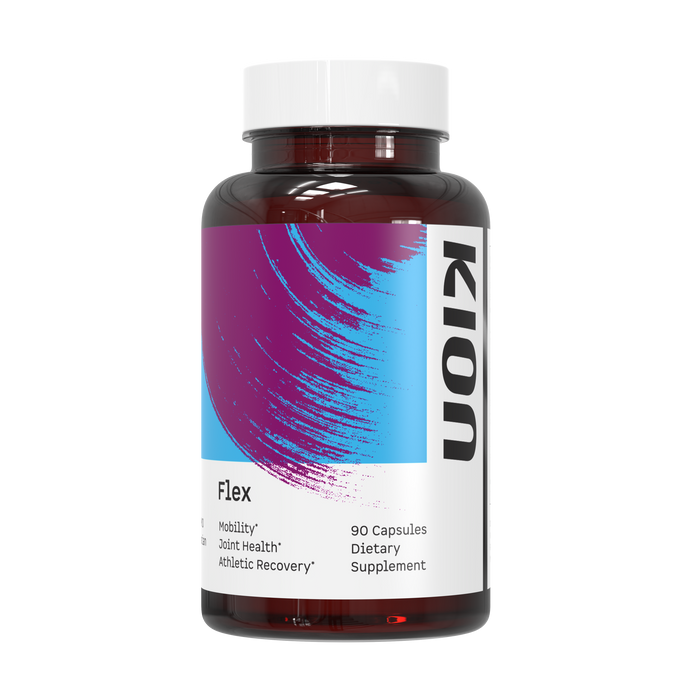




Comments
Why do you have Maltodextrin in your Flex
Not a big fan of that ingredient
———
Kion replied:
Maltodextrin is not a main ingredient in the Kion Flex formula. It is used as a carrier in the extraction process of the main ingredients, and is one of the most benign options available. We took great care in selecting the carrier used in Kion Flex, taking into consideration the health of our stakeholders and cost of the product. Additionally, carriers are not normally required to be added to product labels, as they typically show up in trace, immeasurable amounts in the final product. However, in an effort to be as transparent as possible, we included Maltodextrin on the final label of Kion Flex.
Vivian Rodriguez on
When is the best time to take Flex?
James Hollenbach on